Beauty, reliability and high heat output! Bimetallic heating batteries: sizes and types

Bimetallic heating radiator is a structure consisting of two metals: steel and aluminum.
It is characterized by corrosion resistance and good heat transfer properties.
Content
Dimensions of bimetallic radiators
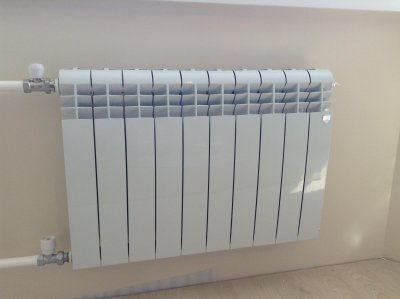
They are defined by 3 characteristics: depth, height and width. The first two values are set according to the dimensions of the section, and the last one - according to their number.
The height of the radiator directly depends on the gap parameter between the centers of the inlet and outlet openings (vertical channels): 20, 35 and 50 cm.
Depending on the battery model, its mounting height varies.. Information about it is indicated in the specification.
The distance between the axles is specified by the manufacturer. in the name of the radiator.
The width of the radiator is determined by the number of sections.
Depth the battery is fixed and is 8-10 cmThe choice of the required option depends on the personal preferences of the buyer and the interior features of the room.
Narrow types of products: vertical and horizontal
This type of battery is very relevant for rooms with panoramic windows or with individual interior features. There are 2 types of narrow radiators:
- With horizontal design. In this case, the width is much greater than the height. Such a battery is installed under the window, thereby increasing the process of heat transfer, warming the cold air that collects below.
- Vertical devices. The height is much greater than the width. Such radiators are used as a design solution. They slow down the intensity of heat transfer, accumulate warm air under the ceiling.
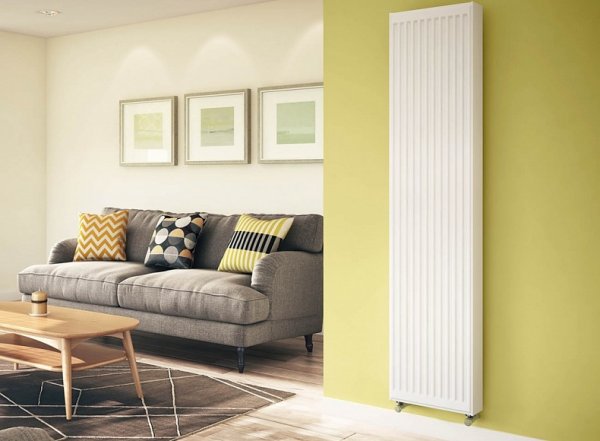
Photo 1. Narrow bimetallic vertical radiator. It is a monolithic type of the device.
Method for calculating the number of sections
Before determining their number, The following factors must be taken into account:
- room area;
- ceiling height;
- thickness of the walls (whether they are external);
- type of window frame;
- purpose of the premises;
- climate of a particular region.
There are 2 ways of calculation number of sections.
By area
In accordance with the standards, to heat 1 m2 will be needed 100 W minimum heat transfer of the radiator. The calculation is made in the following order:
- is determined area of the premises;
- room area multiplied by 100 W;
- obtained value divided by the heat output of one section (this parameter is specified in the radiator passport).
Attention! This method of calculating the number of sections is only suitable for rooms where ceilings do not exceed 3 meters, does not take into account the main factors indicating the characteristics of the room (material and degree of insulation of the walls, number of windows).
By volume
This method of calculating the number of sections is more accurate because takes into account the length, width and height of the room.
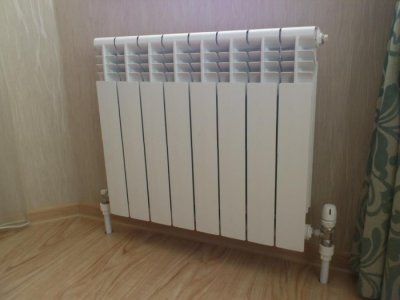
The sequence of actions is the same. The only difference is that the heating power is taken into account not 1 m2, and 1 m3. According to the standards, this indicator is equal to 41 W.
The result obtained during the calculations is rounded up.
In both cases, special correction factors are taken into account:
- each region in accordance with the standards assigned its own indicator;
- additional window adds meaning 100 W;
- for bay windows or large windows final result multiplied by 1.1, For corner rooms — by 1.3, For private houses — 1.5.
Types of bimetallic batteries: sectional, monolithic
Batteries of this type are divided into two types: collapsible (sectional) and monolithic.
Monolith
These are reliable structures that do not consist of separate sections. The coolant moves through steel channels, which are welded into a single mechanism filled with aluminum alloy under pressure.
This type of radiator is not subject to leaks, has high heat transfer, and is able to withstand the heating of the coolant. up to 135 °C.
Disassemblable
They are a combination of separate sections. Each of them consists of two horizontal cores, fastened together by a vertical pipe with a diameter smaller than theirs, which is filled with molten aluminum.
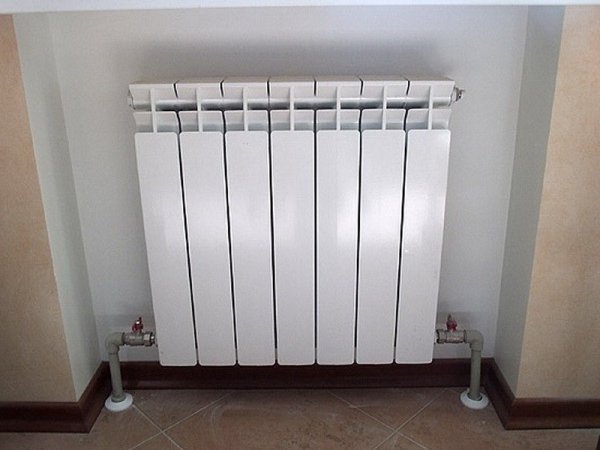
Photo 2. Disassemblable (otherwise sectional) bimetallic heating radiator. The device consists of seven sections.
To tightly fix sections to each other, use sealing gaskets.
The wide variety of radiators in height and thermal power is explained by the fact that the gap between the cores can vary. from 200 mm to 1200 mm.
Dismountable bimetallic structures are capable of functioning with a heated coolant up to a temperature of 95 °C. They don't work with him for long and 115 °C, while maintaining pressure 3.5 MPa.
Tubular
In its appearance, the structure is in many ways similar to cast iron.: the lower and upper collectors are connected by steel tubes. The elements are fixed using universal laser welding.
Such batteries suitable for installation in five-story buildings or private houses. This is due to the fact that water hammer often occurs in multi-storey buildings, as a result of which tubular structures can become depressurized.
These radiators are distinguished by the absence of sharp corners and high wear resistance, dust does not accumulate on them.
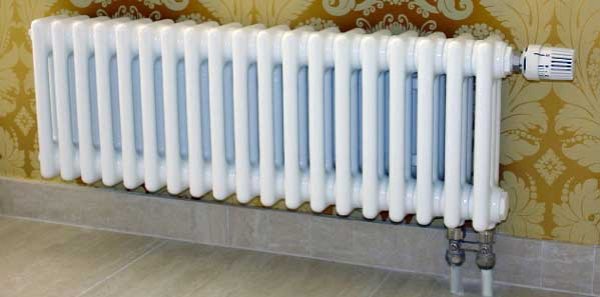
Photo 3. Narrow bimetallic tubular radiator. The device looks like a regular cast iron battery.
Main characteristics of tubular radiators:
- the number of tubes can be from 1 and more;
- height matters from 3 cm to 30 cm;
- distance between sections 4.5 cm and 6.5 cm. The last parameter is relevant for use in medical institutions;
- depth 22.5 cm;
- thickness indicator 0.1-0.2 cm;
- a wide variety of cross-section types: round, triangular, flat, rectangular.
Tubular batteries come in horizontal and vertical, corner and designer.
Pros and cons of sectional devices
On the positive side The following should be noted about these structures:
- A wide range of species forms suitable for a wide variety of designs. The absence of overheating and sharp corners makes it possible to use them even in children's rooms.
- Service life bimetallic batteries are 25 years old.
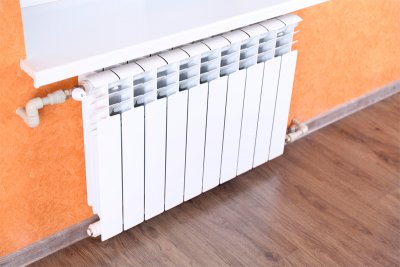
- Radiator resistance to low-quality coolant. Its corrosion resistance prevents the action of its highly acidic influence.
- High heat transfer and strength.
- Ease of repair process radiator sections.
- Temperature control capability heating.
- The number of sections can be easily calculated in advance using the formula, thereby eliminating unnecessary financial costs.
Bimetallic sectional radiators also have negative aspects:
- Low quality coolant reduces service life batteries of this type, clogging the tubes and reducing the level of heat output.
- High cost along with other types of heating devices.
- With prolonged use bimetallic batteries appear creaking, reducing their long-term operation.
Useful video
Watch the video, which talks about the principles of choosing a bimetallic radiator for heating.
Which heating products to choose
In addition to personal preferences, the following parameters should be taken into account:
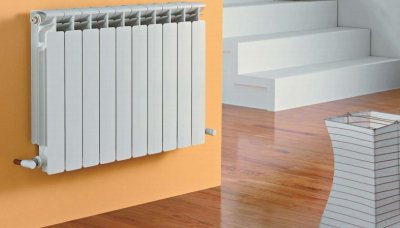
- Thermal power. The manufacturer specifies the heat output level for the coolant in +70 °CIt is important to remember that this value may change during operation.
- Coolant temperature. The maximum value is 90 °C.
- Working pressure. It is determined from 16 to 35 atmospheres.
- Center distance. For the most part it is 35 cm and 50 cm.
- Weight of the heating device. The smaller it is, the better it will fit into the interior and will not weigh down the design.
Correct calculation of sections and determination of all factors influencing the choice, the guarantee of a quality result.








Comments